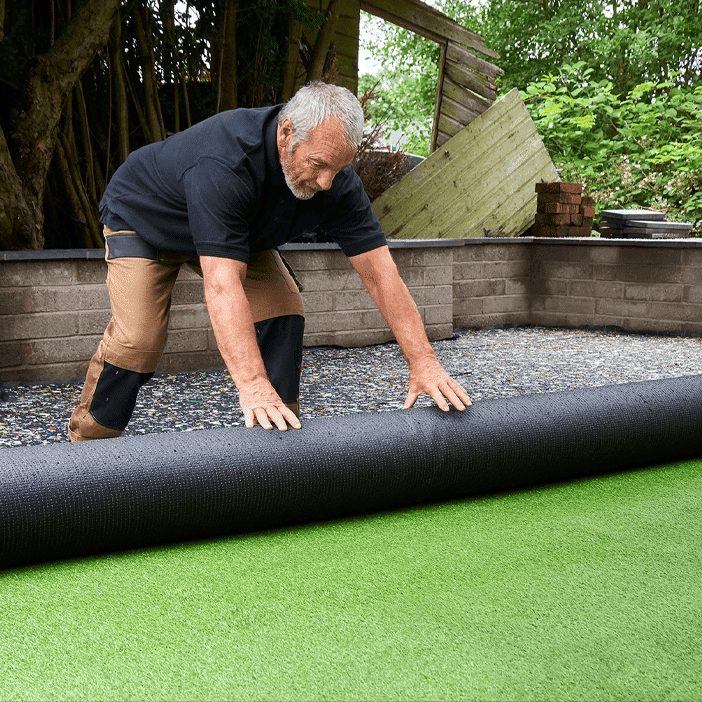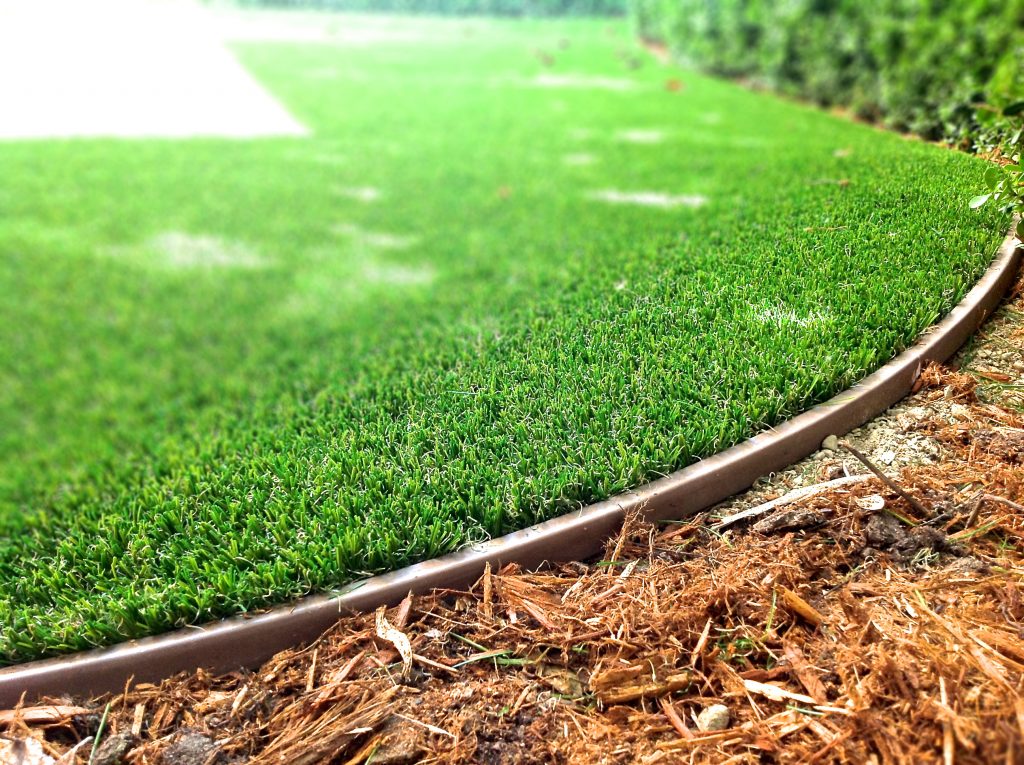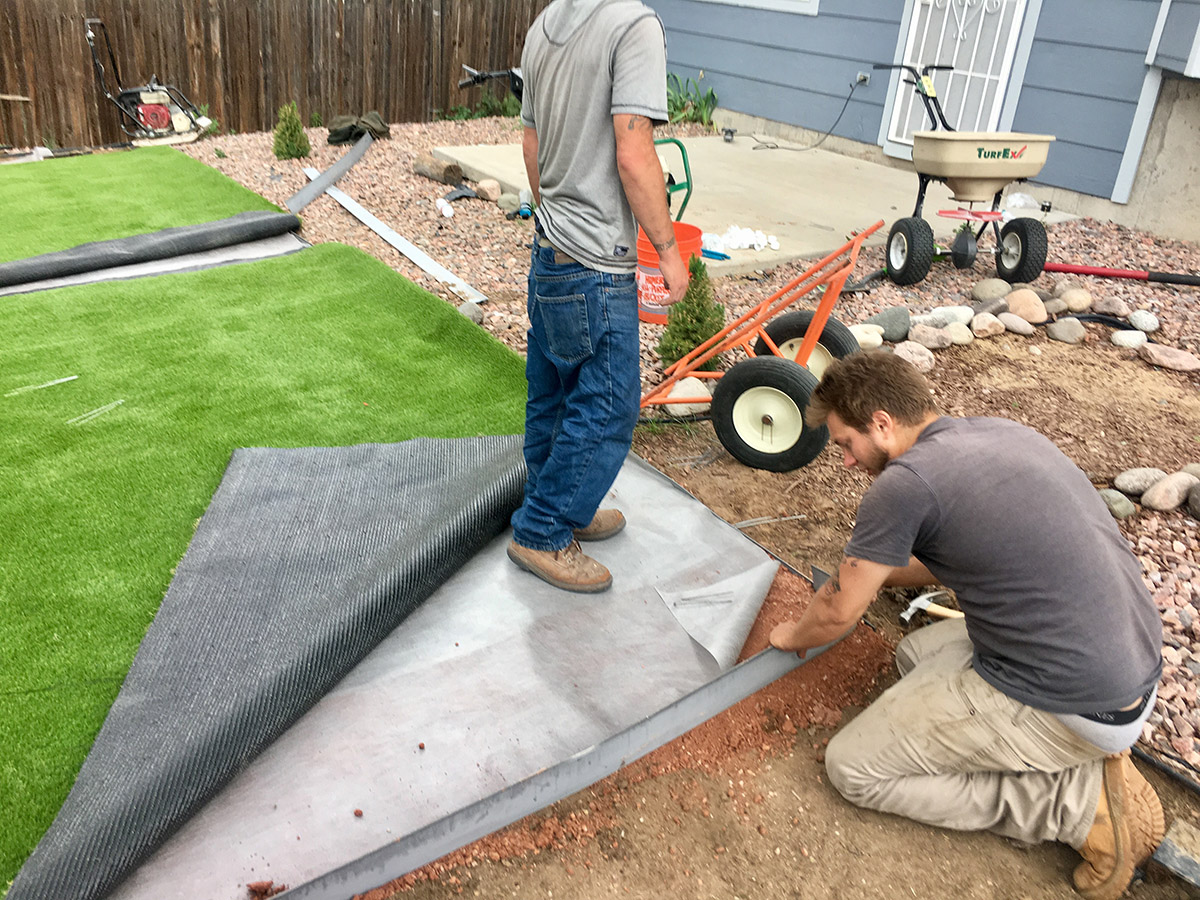See Why Homeowners Prefer Synthetic Grass for Sustainable Landscaping Practices
As homeowners significantly focus on sustainability in landscape design, synthetic lawn has emerged as an engaging alternative to standard yard. What remains to be discovered is the full scope of advantages that fabricated lawn can offer to house owners and the setting alike.
Water Conservation Advantages
Among one of the most substantial advantages of man-made lawn is its role in water conservation. Standard yard lawns need considerable amounts of water to maintain their lavish look, frequently bring about overuse of local water sources, especially in arid regions. On the other hand, fabricated turf eliminates this demand completely, as it does not need watering. This not only saves water yet additionally lowers the strain on municipal water systems, particularly during drought conditions.
In addition, the installment of synthetic grass can add to a more lasting landscape. Homeowners can considerably decrease their water costs, enabling reallocation of sources to various other ecological efforts or family uses. Additionally, synthetic turf is designed to withstand numerous weather conditions without the need for supplemental watering, making it a perfect choice for areas dealing with water scarcity.
The environmental advantages prolong beyond prompt water cost savings. By decreasing water consumption, synthetic grass helps to mitigate the influences of climate change, maintaining crucial communities that are threatened by too much water extraction. As lasting landscape design methods obtain grip, synthetic lawn arises as a responsible option for property owners seeking to produce environment-friendly outdoor rooms.
Minimized Maintenance Initiatives
Fabricated grass significantly minimizes upkeep efforts contrasted to traditional yard lawns. With man-made grass, house owners can remove the lengthy jobs related to natural landscape design, such as mowing, fertilizing, and weeding. This not only conserves valuable time however additionally reduces physical labor, making yard treatment accessible for individuals of any ages.
Among the most noteworthy benefits is the lack of regular mowing. Conventional grass require frequent trimming to keep a cosmetically pleasing height, whereas synthetic grass continues to be consistently lush without the requirement for reducing. In addition, homeowners no more need to apply plant foods or chemicals, which are often required to keep natural turf healthy and balanced. This change not just lightens the work yet additionally advertises a neater, more uniform appearance year-round.
In addition, synthetic grass is resilient and resilient, requiring marginal maintenance beyond occasional brushing and washing to eliminate debris. This ease of upkeep enables property owners to enjoy their exterior areas without the constant fear of maintenance, offering more time for recreation and household tasks. Eventually, the reduced upkeep efforts connected with fabricated grass make it an appealing alternative for those seeking a low-maintenance, aesthetically appealing landscape.

Environmental Impact Reduction
There is an expanding acknowledgment of the ecological benefits related to synthetic grass, especially in terms of water conservation and lowered chemical usage. Typical lawns need substantial amounts of water, particularly in drought-prone regions, causing raised stress on local water sources. On the other hand, fabricated lawn gets rid of the need for irrigation, significantly reducing water consumption and promoting sustainability.
Additionally, traditional lawn maintenance typically entails the application of pesticides, herbicides, and plant foods, which can add to soil and water air pollution. Synthetic grass reduces this environmental hazard by calling for minimal maintenance and virtually eliminating the demand for hazardous chemicals. This not only enhances soil health and wellness but additionally protects local environments from harmful runoff.
Furthermore, the manufacturing of all-natural lawn yards generally includes the use of fossil gas for cutting look at this site and landscape design tools, further adding to greenhouse gas exhausts. By picking synthetic grass, home owners can dramatically reduce their carbon impact related to lawn treatment tasks.
Visual Charm and Versatility
Along with its ecological benefits, synthetic grass offers substantial aesthetic allure and flexibility for landscaping. Property owners can achieve a lavish, green look year-round, removing the seasonal variations frequently connected with all-natural lawn. This constant aesthetic not only improves the visual charm of a building yet also contributes to a well-kept continue reading this and sleek look.
In addition, fabricated turf is available in a selection of designs, textures, and shades, permitting personalization to suit specific choices and style motifs - Arizona turf. Whether made use of in domestic gardens, industrial rooms, or leisure areas, it can effortlessly incorporate right into diverse landscape design styles, from modern minimal to lush tropical settings
The adaptability of synthetic grass expands beyond mere look; it can be mounted in numerous areas, including roofs, patio areas, and even indoor spaces, developing possibilities for unique landscaping remedies. Additionally, it is ideal for a variety of tasks, from children's play locations to pet-friendly settings, providing performance without endangering design.
Eventually, the visual allure and convenience of synthetic grass make it an attractive choice for home owners looking for sustainable landscape design services that do not sacrifice elegance for ecological duty.

Long-Term Price Financial Savings
One of the most compelling advantages of synthetic turf is its possibility for lasting expense savings. Unlike all-natural turf, which needs normal maintenance-- consisting of mowing, watering, fertilizing, and insect control-- man-made grass considerably decreases these ongoing expenditures.
In addition, fabricated grass has a lifespan of 15 to 25 years, depending upon its high quality and usage. This durability minimizes replacement costs, making it a much more affordable selection in the future. The preliminary investment in man-made grass can typically be recovered via the savings accumulated over time.
While the upfront expense may appear greater Learn More contrasted to turf installment, the collective cost savings from reduced upkeep and water usage usually exceed these first expenses. Eventually, the fostering of artificial lawn not only promotes a lasting landscaping solution but additionally offers homeowners an economically smart option that straightens with long-lasting budgeting goals.
Conclusion
Synthetic grass emerges as a compelling alternative for lasting landscape design, supplying considerable benefits in water conservation, reduced maintenance initiatives, and lessened environmental effect. Its visual allure and convenience boost the aesthetic landscape while lining up with modern sustainability goals. Additionally, lasting cost financial savings add to its beauty for homeowners. As neighborhoods significantly focus on environmentally friendly practices, the adoption of artificial grass stands for a dynamic action towards attaining resistant and sustainable landscapes.
Furthermore, synthetic turf is designed to withstand different weather conditions without the demand for extra watering, making it a perfect selection for areas encountering water deficiency. (Arizona artificial turf)

Fabricated grass arises as a compelling alternative for sustainable landscaping, supplying significant benefits in water preservation, reduced upkeep initiatives, and reduced ecological effect.